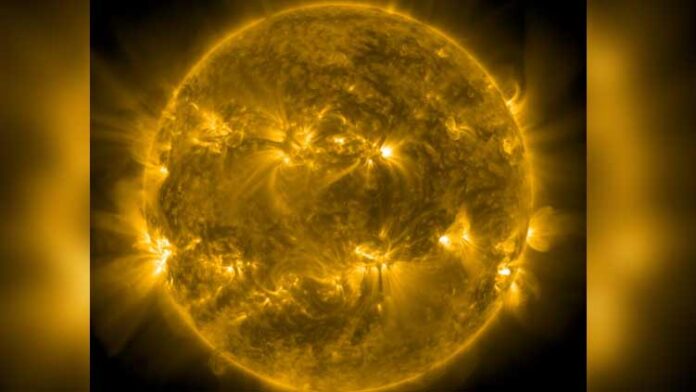The Sun emitted a strong solar flare, peaking at 1:09 p.m. EDT on June 20, 2023. NASA’s Solar Dynamics Observatory, which watches the Sun constantly, captured an image of the event.custom jersey Human hair Wigs custom nfl jerseys adidas yeezy foam cheap human hair wigs cheap jerseys adidas yeezy slides customized jerseys nike air max 90 futura adidas for sale nike air jordan 1s nike air jordan shoes nfl jersey sales nike air max cb 94 release dates 2023 air jordan store
Solar flares are powerful bursts of energy. Flares and solar eruptions can impact high-frequency (HF) radio communications, electric power grids, navigation signals, and pose risks to spacecraft and astronauts.
This flare is classified as an X1.0 flare. X-class denotes the most intense flares, while the number provides more information about its strength.
NASA works as a research arm of the nation’s space weather effort. NASA observes the Sun and our space environment constantly with a fleet of spacecraft that study everything from the Sun’s activity to the solar atmosphere, and to the particles and magnetic fields in the space surrounding Earth.



